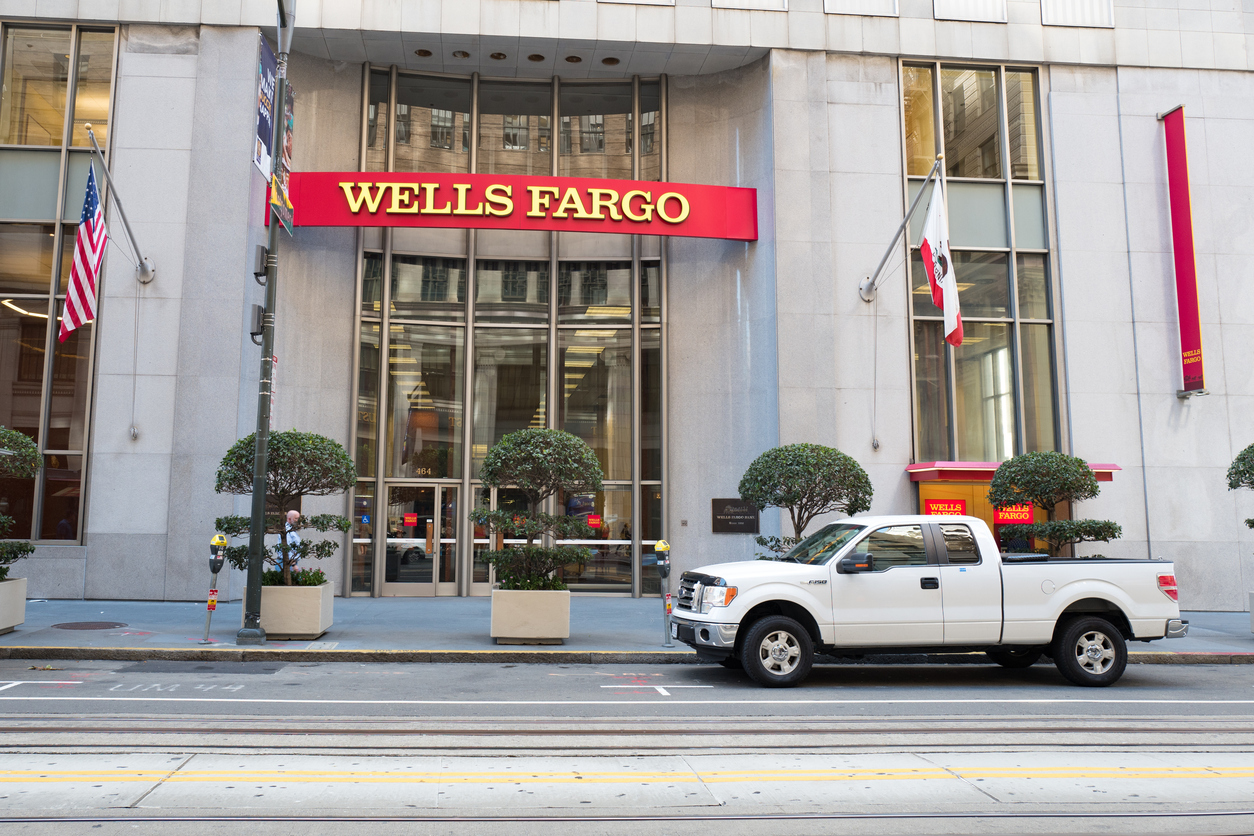U.S. regulators fined Wells Fargo $1 billion in April over the insurance program and told the bank to compensate drivers who were harmed. Those drivers are also suing Wells Fargo in a federal court in California for more compensation that the bank is willing to pay.
The faulty insurance program ran from 2002 to 2016 but the bank only intends to compensate drivers forced into policies from 2005 onwards, Wells Fargo has told the federal judge overseeing the case.
Wells Fargo’s reluctance to compensate all drivers contradicts its pledge to help every customer who was hurt and that could intensify scrutiny of the scandal-plagued bank.
Lawyers for the drivers have argued that the compensation plan should cover the entire life of the insurance program but the bank is not persuaded, according to court documents obtained by Reuters.
“There’s no credible reason why you don’t go back to the inception of the program,” Roland Tellis, an attorney for the drivers, said at an August hearing.
Tellis did not respond to requests for further comment.
Tim Sloan, Wells Fargo’s chief executive, told lawmakers last year that the bank was “working diligently to make things right for every customer who was harmed.”
But a lawyer for the bank argued at the same court hearing that it has already “compromised” by allowing payouts from 2005 to 2016, according to the official court transcript.
Wells Fargo has records from the first three years of the insurance program but those are held in a separate database to the 2005-2016 files, the lawyer said. He did not explain why the bank did not wish to access the earlier database and the bank declined to elaborate when contacted by Reuters.
Any driver who believes that he or she was hurt in the insurance program can contact the bank directly and make a claim, a spokeswoman for the bank said.
“We invite them to reach out to us with their insurance information,” Wells Fargo said in a statement to Reuters.
Tellis and other lawyers want a payout exceeding three times what drivers were charged, which could add costs and uncertainty to a scandal that continues to worry investors.
The final terms of the private litigation could affect the ongoing remediation plan the bank agreed with federal regulators.
The Consumer Financial Protection Bureau (CFPB) allowed the bank to limit its payout plan to the 2005-2016 time frame in its April settlement with the bank. A spokesman for the bureau declined to comment on the scope of the payout plan.
The Office of the Comptroller of the Currency (OCC), which had a part in the April fine, declined to comment. The OCC’s settlement did not set a specific time frame for payouts.
Over the summer, the OCC rejected the bank’s plan to repay customers with Joseph Otting, head of the OCC, telling lawmakers in October that he was “not comfortable” with the bank’s effort.













